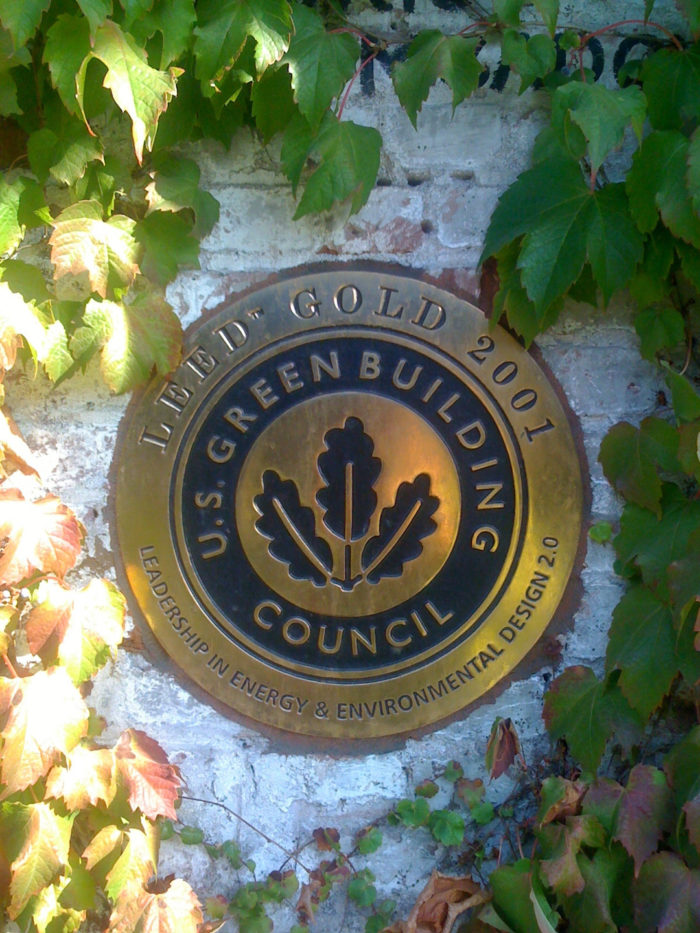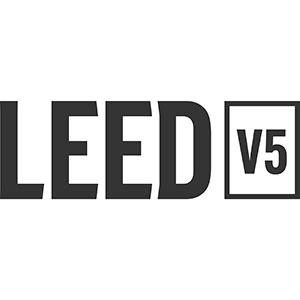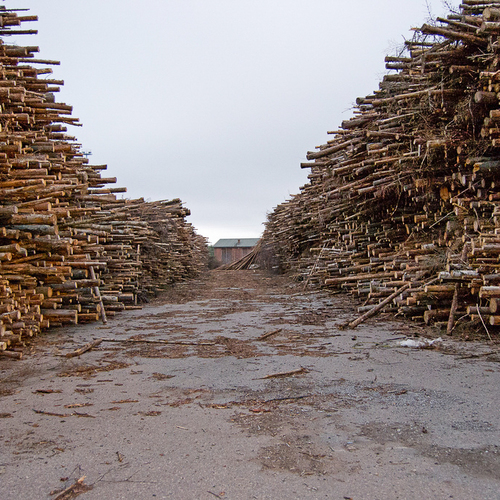
Image Credit: Sam Beebe / Creative Commons license / Flickr
With the November 1, 2016, deadline approaching when new LEED projects must register under the new LEED version 4, the real estate industry has been raising questions about the costs and benefits of LEED v4 compliance.
The uncertainty has been fermenting since the summer of 2102, when the vote on “LEED 2012” (now called LEED Version 4) was first delayed. And concern has only accelerated since November 2013, when projects have had the option of registering under LEED v2009 or LEED v4, in part because so few projects have opted for Version 4. Even today, there are only a very few new buildings that are actually Version 4 certified, so there is not much experience with Version 4 in the “environmental industrial complex.”
But a new authoritative report allays those concerns.
A case study for certification
The good folks at BuildingGreen, a group that publishes many valuable resources, including LEEDuser, have just published a report, The Cost of LEED v4. Not only does the report include a case study comparing the cost of LEED v2009 and LEED v4 on an actually constructed building, but it provides a useful credit-by-credit strategy for achieving each credit — a strategy which includes a discussion of costs.
But let’s not bury the lead: the case study looks at a 47,777-square-foot, build-to-suit, ground up, slab-on-grade, four-story medical office building in Massachusetts, constructed with union labor in a jurisdiction that mandates LEED certification or equivalent. The project construction cost was about $15.6 million, or $326.50 per square foot. In 2013, the building was Gold certified under LEED for New Construction v2009, with a total of 67 points.
The case study is a riveting read; admittedly it is not a Tom Clancy thriller, but is technically detailed like his military science storylines. And you will be enthralled by the denouement: “It would take this LEED v2009 Gold building an additional $9,000 to achieve LEED certification in v4, which is 0.05% of the total original cost. To match its LEED v2009 Gold certification with a LEED v4 Gold plaque, the project would incur an extra cost of $78,400. With the addition of the $9,000 for LEED v4, this amounts to 0.533% of the original total cost.”
And while I have told you how the case study ends, that is not really a spoiler because it is just the climax of a chain of events. You will want to read the narrative as the LEED credits are explained; it includes fascinating synergies among select credits that impact first costs.
Conclusions should calm fears
I had an opportunity to talk with my friend Tristan Roberts, one of the case study’s authors, and he was excited about the elegance of the new v4 IPc1 Integrative Process credit. While there are likely soft costs for the new credit, including costs for updated energy modeling requirements, there are potentially huge project-wide savings that can be realized from this process.
Tristan was also high on teams pursuing the new SSc1 Site Assessment credit that carries “no added construction costs” and identifies strategies that contribute to the efficacy of a green building project.
Tristan admitted he “didn’t know much about demand response” before studying the new EAc4 Demand Response credit. For most new construction projects, this credit only results in very nominal added costs, if any, for software programming in the building management system, but yields real energy savings.
The report allays our concerns. We now know that you can deliver a LEED v4 certified building at minimal additional cost.
The Cost of LEED v4 is available for purchase. It may only be a slight overstatement to observe that this report presents a very nuanced tour of a LEED v4 green building project — as nuanced as the depiction in The Hunt for Red October of life aboard a nuclear submarine.
Stuart Kaplow is an environmental attorney and served as legal counsel and as part chair of the U.S. Green Building Council Maryland. This post was originally posted at his website, Green Building Law Update.
Weekly Newsletter
Get building science and energy efficiency advice, plus special offers, in your inbox.















One Comment
What about HOMES?
Unfortunately, this doesn't tell us anything about how v4 will specifically affect HOMES, the principal concern of GBA users -- and from the beginning, LEED for Homes has differed significantly from the rest of the LEED family, so I would hesitate to conclude much based on a case study for a non-res project.
Log in or create an account to post a comment.
Sign up Log in